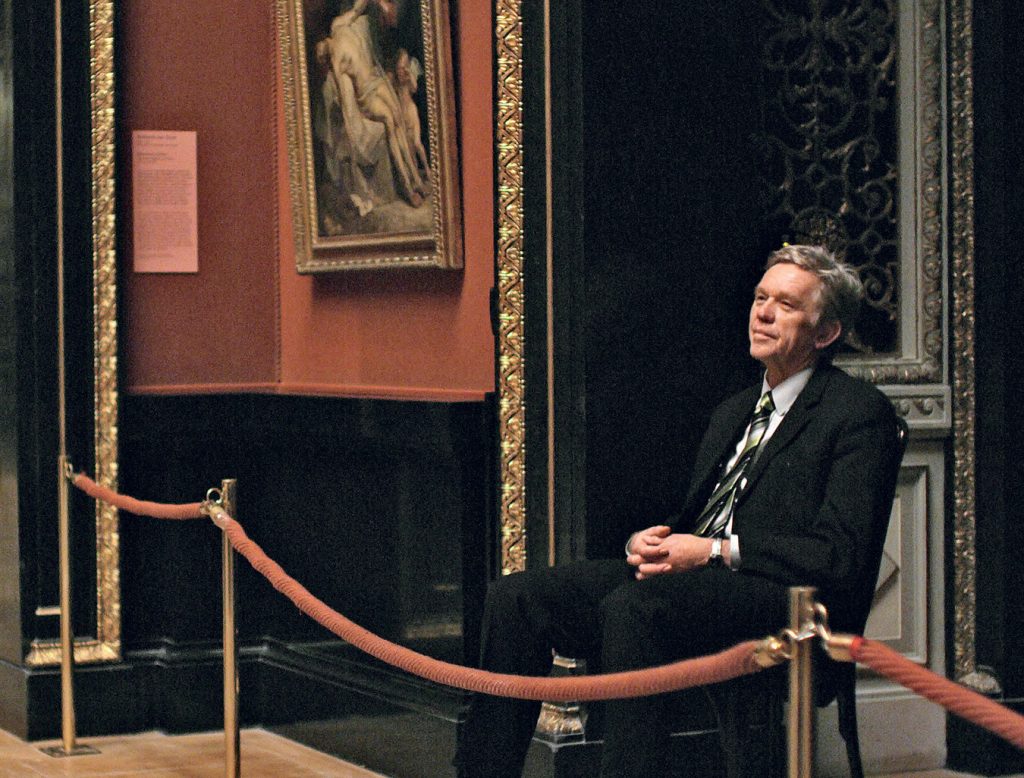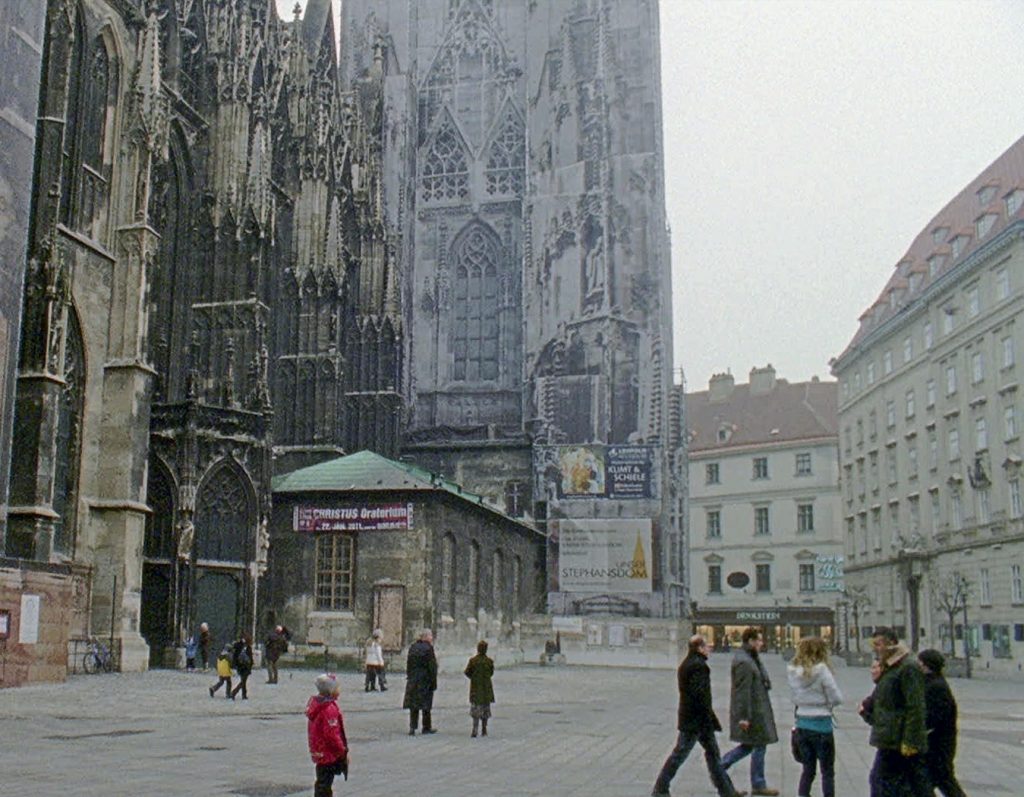The endless days of summer have now gone, the sunset’s steady march back earlier and earlier into the evening. It seemed eternal, those long evenings with the sky all aglow, and yet here we are, in the fading light. In truth, it is all fleeting: the season, our presence, the things that hold us here rather than there. And perhaps nothing declares that ephemerality so much as romance.
Peter Greenaway’s The Cook, the Thief, His Wife & Her Lover (1989) is a lush exploration of a quick and tragic love affair. Albert, the thief, and his gangster mob have taken over a fine French restaurant headed by Richard, the cook. Georgina (played by Helen Mirren, astonishing then as now) is the abused wife, and Michael, a regular, is her distraction, taken in intervals small enough to be disguised as cigarette breaks. With the aid of restaurant staff, who despise Albert’s oafish cruelties, this affair plays out amongst the raw ingredients of the restaurant’s back corridors. That is, until Albert becomes aware of the treason. There’s an awful price paid, as might have been predicted: these kinds of stories always end badly. Costuming by Jean Paul Gaultier and scoring by Michael Nyman complement the use of extravagant cuisine, which figures as prominently as the characters themselves. (Indeed, in the end, these lines are blurred.) It is a brutal display of excess on all fronts, but cohesive and deliberate, in service of the film’s evocation of the thin barrier between sophistication and inhumanity. It is Georgina who embodies this permeability, a movement born in equal measure to what must have seemed like an eternity at the hands of a monster and what perhaps amounted to a few hours in the arms of a stranger who worshipped her.
In many ways, Jem Cohen’s Museum Hours (2012) couldn’t be more different. The costumes, if you can even call them that, are banal—one can imagine the actors being instructed to show up in their own clothing so as to preserve the realism that is so integral to the film. The soundtrack is often diagetic, and when it’s not, it’s voice-over more than orchestra. Much of the film plays out in Vienna’s Kunsthistorisches Museum, a palatial setting for a tender relationship between a displaced Canadian and a museum guard. The only valid phone number in the address book of a cousin who has suddenly fallen ill, Anne finds herself in Europe for only the second time in her life. A little bit broke and delicately curious, she befriends Johann. His operational kindnesses, such as offering to translate medical details, evolve into a wider generosity, exploring both the tourist and the working-class corners of the city with her. Though their romance is of a reserved sort (Johann is gay), their intimacy allows both of them to see anew before the anticipated eventuality of Anne’s trip. Anne and Johann, the viewer imagines, return to their lives, eyes widened just a little. This is a trope that recurs, as much of the film is about looking in general, and about looking again, reading art (as it were) through the gestalt and in the details. These moments of connection are fleeting and beautiful, transforming looking into reading, proximity into friendship.
Greenaway, like Cohen, is an artist by training (Greenaway in painting, Cohen in photography and filmmaking), and it might be imagined that their proclivity for visual practices somehow gives rise to their shared commentary on the ability for art to reveal truths about our ordinary lives. In both films, romance arrives unexpected. In both, there is sweet solace. In both, the pleasure departs quickly, like much of how life looks in retrospect, a chorus of “too quick” and “too soon.” These patterns of significance reveal the transience of things. As Robert Frost reminds us, “So dawn goes down to day. / Nothing gold can stay.”










